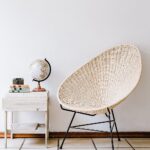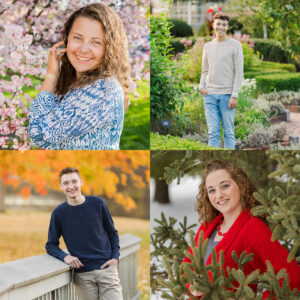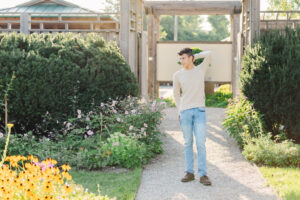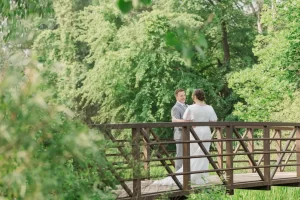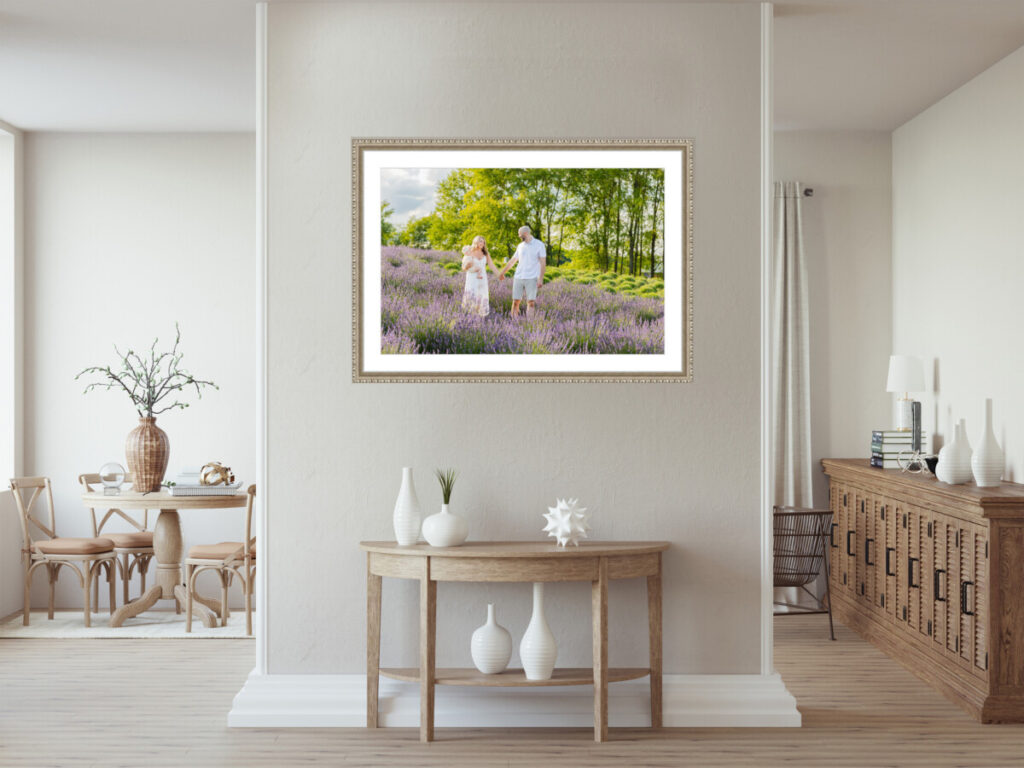Why Your Look Matters in Headshots
Choosing what to wear for your headshots is important because your headshot is often your first impression—on LinkedIn, a company website, or personal brand materials. The right clothing, makeup, and grooming choices can boost your confidence and help communicate professionalism, personality, and polish. This guide offers expert tips to ensure you look your absolute best in front of the camera.
What to Wear for Headshots: Best Practices
- Fit:
- Choose clothing that fits well—not too tight or too loose. Avoid baggy or loose clothing as it will make you appear larger in photos than you really are. Wearing clothes that are too tight will lead to bulging, wrinkles, tugging and pulling.
- Shoulder pads: If possible, it’s best to choose jackets and blazers without them. They give a more boxy and wide look, but also give a feeling of tension rather than relaxation.
- Fabric:
- Matte fabrics photograph better than shiny or reflective materials. Thin, stretchy polyester or velvet highlight bumps and creases.
- Style:
- Keep it simple and timeless. Classic styles age better than trendy pieces.
- Wear long sleeve or three-quarter length sleeves. Headshots are usually taken at a slight side angle, which puts your arm on display. Longer sleeves take the focus away from your arm and put the focus on your face. If you decide on a tank top, bring a sweater along so we can get shots with both.
- Colors:
- Solid colors are best. Jewel tones (emerald, navy, burgundy) flatter most skin tones. Color is usually preferred for most professional headshots to convey a more approachable and friendly image.
- Do not wear neon, overly bright, or flesh-toned colors.
- Black, White and Neutrals: Black and white has a timeless, classic appeal if you’re looking to have a more traditional aesthetic. I love paring black and white with neutrals (tan, camel, champagne, taupe, or charcoal gray) to keep it modern, yet classic.
- Patterns:
- Avoid busy patterns, stripes, and logos.
- Small patterns, stripes, or textures create a moire effect and look warped or wavy on camera.
- Logos are distracting and should not be worn, unless it is your company logo.
- Subtle textures are okay – a medium sized floral print or plaid under a solid top can be really flattering and add visual interest to your photo.
- Avoid busy patterns, stripes, and logos.
- Industry:
- Keep your profession in mind when planning your outfits. For example, Lawyers or Real Estate agents typically wear suits while those in industries like tech or creative fields might dress more casually. In any case, bring clothes that are slightly more formal than your everyday attire along with any industry standard (ex. white coat for doctors).
- Glasses
- Only wear glasses without reflective coating, if at all possible. Glasses that produce that purple tint that is so helpful for screen glare is an absolute nightmare for photos. Please bring a pair without coating. I’ve had clients pop out their lenses for their photos, but only at their comfort level.
- If reflective glasses are worn, we have to take every photo with and without the glasses to ensure we have everything we need to edit them well. It increases the length of time to take your photos and the time it takes to get your edits back.
- Make sure lenses are clean before your headshots.
- Only wear glasses without reflective coating, if at all possible. Glasses that produce that purple tint that is so helpful for screen glare is an absolute nightmare for photos. Please bring a pair without coating. I’ve had clients pop out their lenses for their photos, but only at their comfort level.
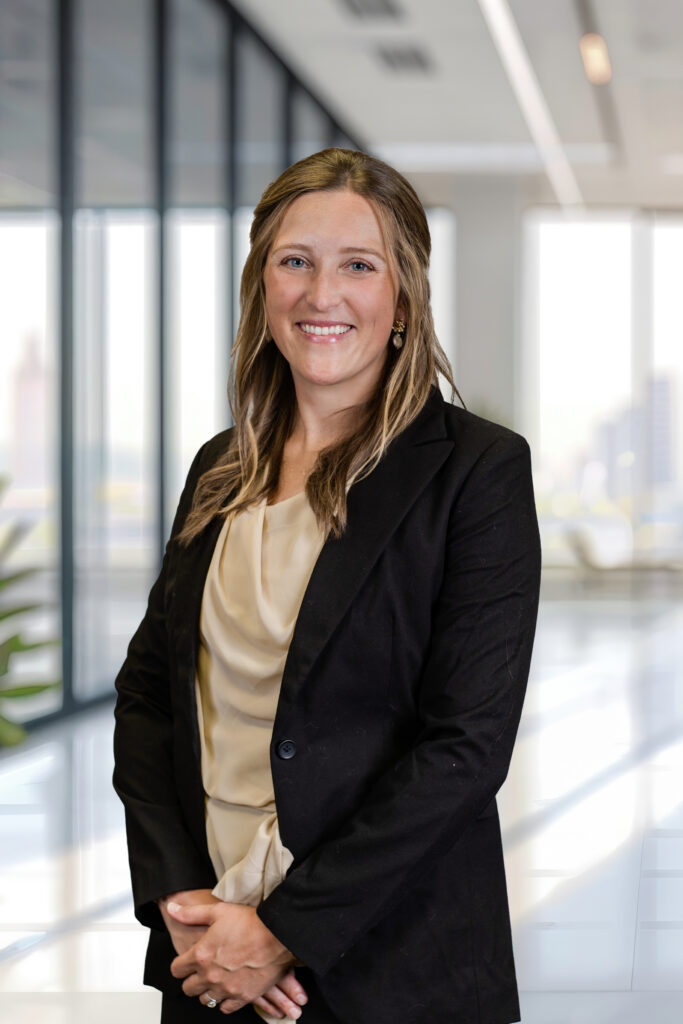
What To Wear For Headshots: Women
Tops: Solid-colored blouses, simple dresses, or professional tops. Structured tops and blazers add polish.
What to Wear For Headshots: Men
- Shirts:
- Solid button-down shirts or dress shirts in muted tones. Light blue, gray, navy, and white are all safe and professional choices.
- Undershirts: If worn, make sure undershirts are not visible. A V-neck in a skin-tone color works best under light dress shirts.
- Blazers:
- A tailored blazer instantly elevates your look and adds structure. Choose a classic color like navy, charcoal, or black.
- Ties (optional):
- Depending on your profession, a tie can add polish. For corporate or formal looks, a simple tie with minimal pattern works well. For creative or casual industries, skip the tie for a more relaxed vibe.
- Layering:
- A sweater under a blazer or over a collared shirt gives a smart, approachable look.
- Avoid bulky layers that add visual weight.
- Lighter layers should be worn underneath with the darker color over in the suit jacket or sweater.
- Fit:
- Ensure shirts are not too loose or too tight. Collars should sit properly without gaping, and sleeves should reach just to the wrist. Well-fitting clothing instantly improves your appearance on camera.
- Be comfortable! If you’re tugging on your clothes because it’s too tight or too loose, chances are you won’t like your photos as much. Well fitting clothes and feeling comfortable go a long way.
- Watch or Accessories:
- A professional watch can add a refined touch, but keep accessories simple and clean.

Hair and Makeup Tips for Headshots and Professional Photos
It’s best to keep makeup natural. Aim for an everyday look.
In advance:
- Wear sunscreen when you’re outside. There are no great editing fixes for raccoon eyes or tan lines.
- Do NOT get a spray tan, use sunless tanning lotion, or go tanning before your session. These usually result in looking a little orange. Your natural skin will photograph the very best.
- Avoid any major skincare treatment the week of your photos. We want to make sure you have enough time to have redness disappear.
Here are some tips in what to do and how to apply:
Makeup Tips for Headshots for Women
- Base: Go for matte or satin-finish foundation. Avoid overly dewy products.
- Powder: Use translucent powder to eliminate shine.
- Eyes:
- Define brows and lashes.
- Use neutral tones for eyeshadow. I find that matte eyeshadow has more presence than a shimmer or high shine. The shine will pick up light and mute the overall makeup. Shimmer may also fall into the creases and lines under your eyes accentuating them.
- Use black mascara. Going over your lashes two or three times will coat them well. For some, it may feel like you’re wearing too much, but we want to see them. It takes a little more than usual.
- Fake lashes: If you’re going to wear them, avoid really long ones. Fake lashes are great for further back shots, but heashots are close enough that your natural lashes will look most natural.
- Lips:
- Use a color close to your natural lip tone or a soft pink/rose.
- Wearing a lipstick one shade darker than your natural color will be the most natural.
- Wearing a bold or dark tone can make your lips look thinner and detract from your eyes.
- Blush: Adds a healthy glow but should be blended well.
Hair Tips for Headshots for Women
- Haircut: Schedule a haircut a couple weeks in advance rather than right before your session just in case you don’t love it, need time to learn to style it, and to give it time to soften those blunt edges.
- Clean & Styled:
- Hair should be clean and styled the way you typically wear it.
- Do not do buns or ponytails – it will look like you have no hair.
- Volume: Add some volume to avoid flat hair.
- Flyaways: Use a smoothing serum or light hairspray.
- Avoid Drastic Changes:
- Don’t try a new style the day before. If you’re looking for something new, give yourself time to style your hair in a way that you love.
Hair & Grooming Tips for Men
- Haircut: Get a trim a few days before the session. Drastic changes should be tested in advance to make sure it is the look you want.
- Beard: Trim or shave cleanly depending on your usual style.
- Eyebrows: Tidy up stray hairs.
- Skincare: Use moisturizer and blotting paper to control shine. Some men choose to wear a light layer of powder to reduce shine as well. Matte foundation is always best.
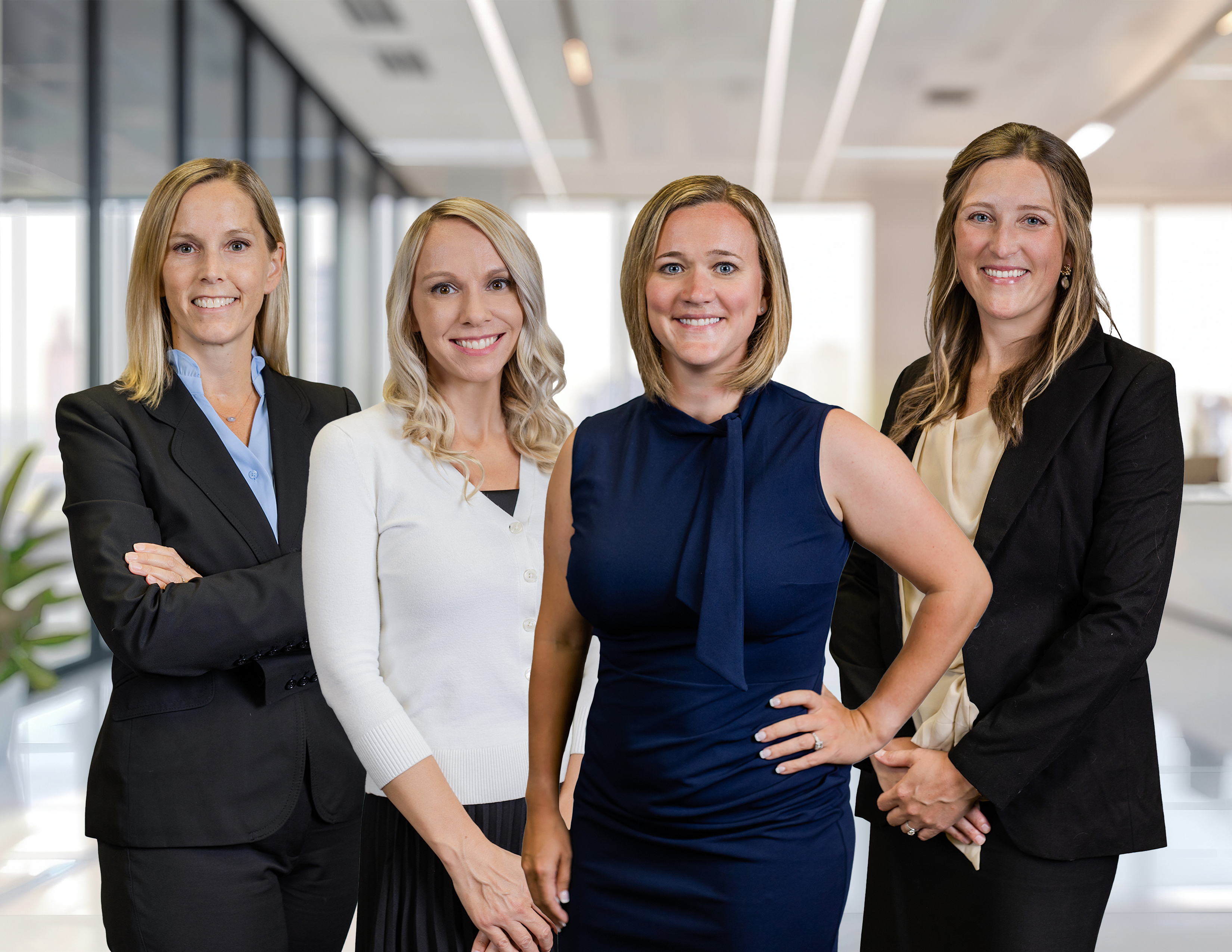
What to Bring to your Session
- Outfit Options: Bring 2-3 tops to try on with the backdrop.
- Touch-Up Items: Lip balm, hairbrush, blotting papers, powder, makeup.
- Accessories: Keep them minimal and classic.
- Ironed Clothes:
- Arrive with all clothing pressed and lint-free. Wrinkles are very hard to edit out. Try to hang up extra clothes so they avoid getting wrinkled in the car or office before your session.
- Bring touch up items with you just in case: makeup, hairbrush/comb, lint roller.
FAQs: Quick Answers to Common Questions
- Should I wear black? Yes, if it suits you—but add some contrast like a blazer or necklace.
- What if I wear glasses? Clean them and avoid transition lenses.
- Should I get professional hair/makeup? It can make a big difference, especially for branding shoots.
- How early should I prep? Start a week in advance—haircuts, clothing planning, etc.
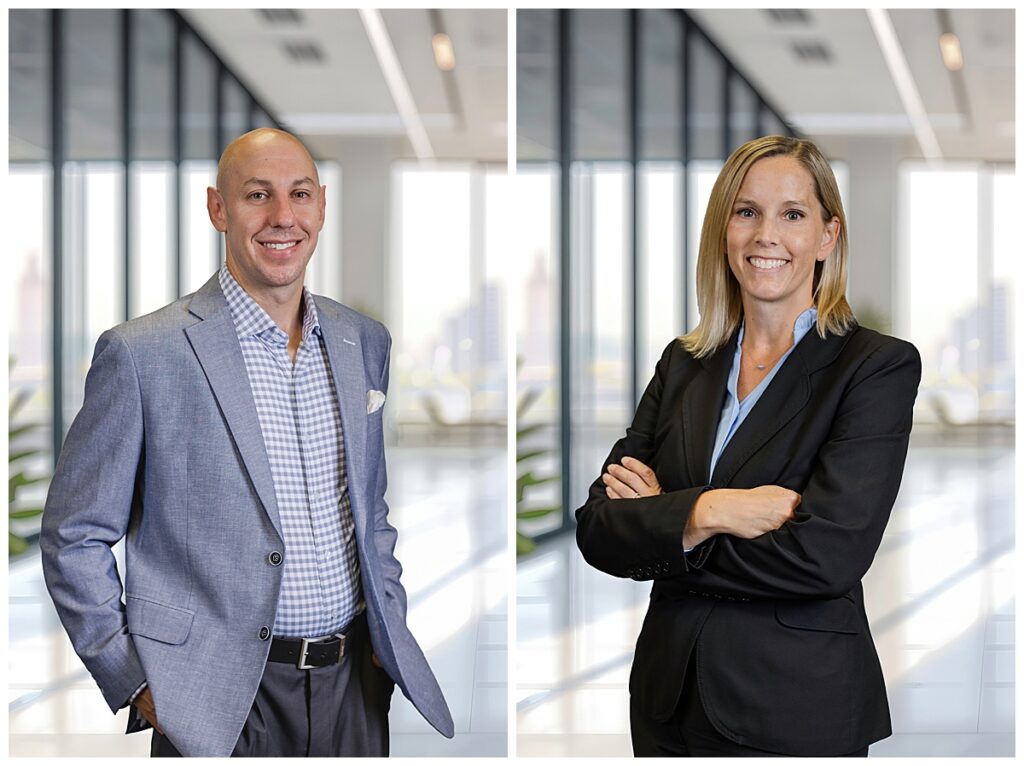
Branding vs. Corporate Headshots
- Branding: Show personality. Colors and casual pieces may be appropriate.
- Corporate: Stick to neutral or dark tones, blazers, and dress shirts.
- Know Your Audience: Dress for the industry or client base you want to attract.
Headshot sessions are straightforward. Think clean, professional, and focused on just you—typically from the shoulders up. These are great for LinkedIn, your company bio, or any time you need a polished, professional image to represent yourself.
Branding sessions go beyond just a nice photo—they’re all about telling your story. These sessions include a mix of lifestyle shots, behind-the-scenes moments, and images that highlight your personality, what you do, and what makes your brand unique. Perfect for entrepreneurs, creatives, and small business owners who want cohesive content for their website, social media, and marketing materials.
Still not sure which one fits your needs? I’m happy to help you decide!
Looking polished doesn’t mean being overdone—it means feeling confident and prepared. When you feel great, it shows in your photos. Use this guide to show up as your best self!
Planning a family session? I can help guide you in what to wear HERE.

